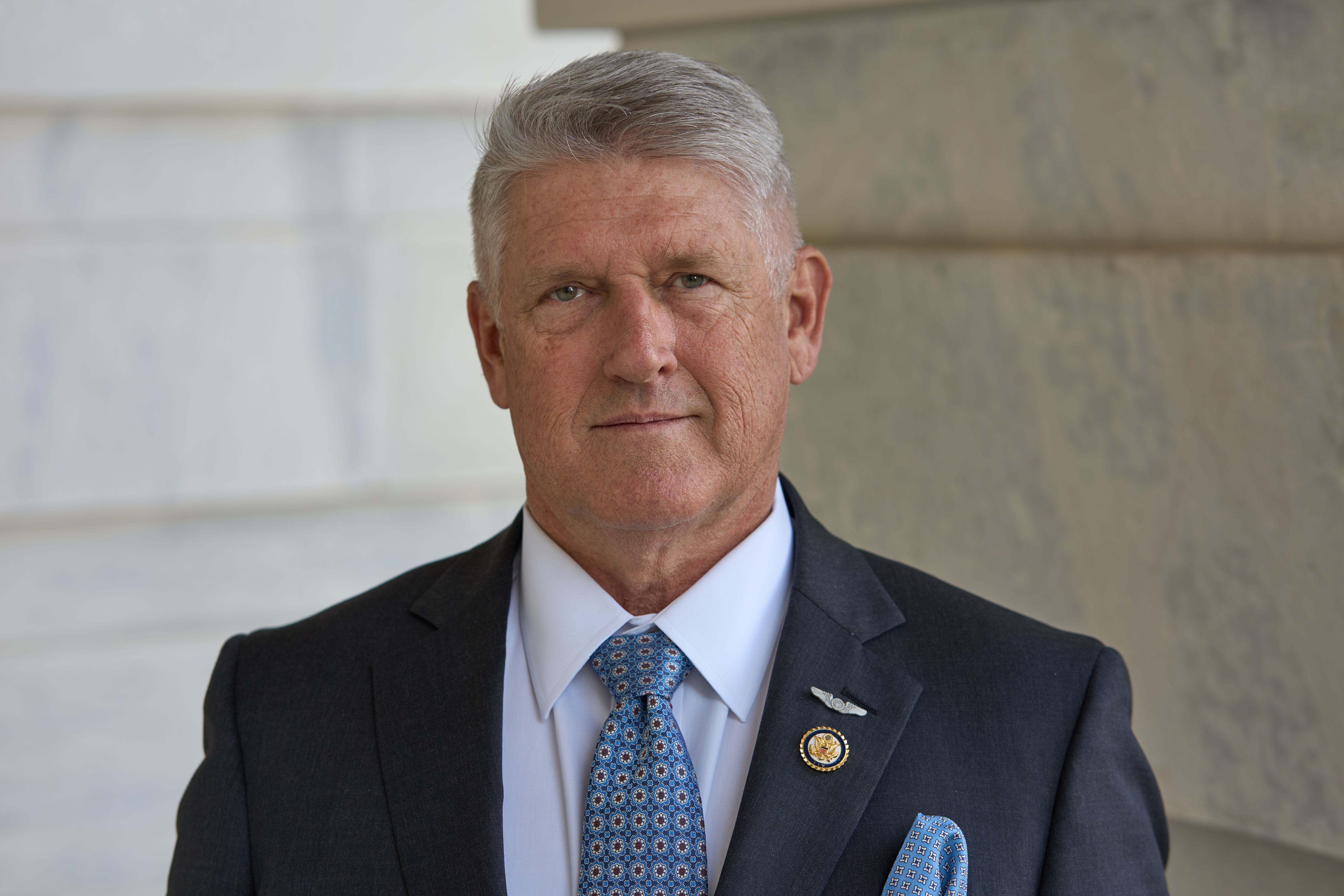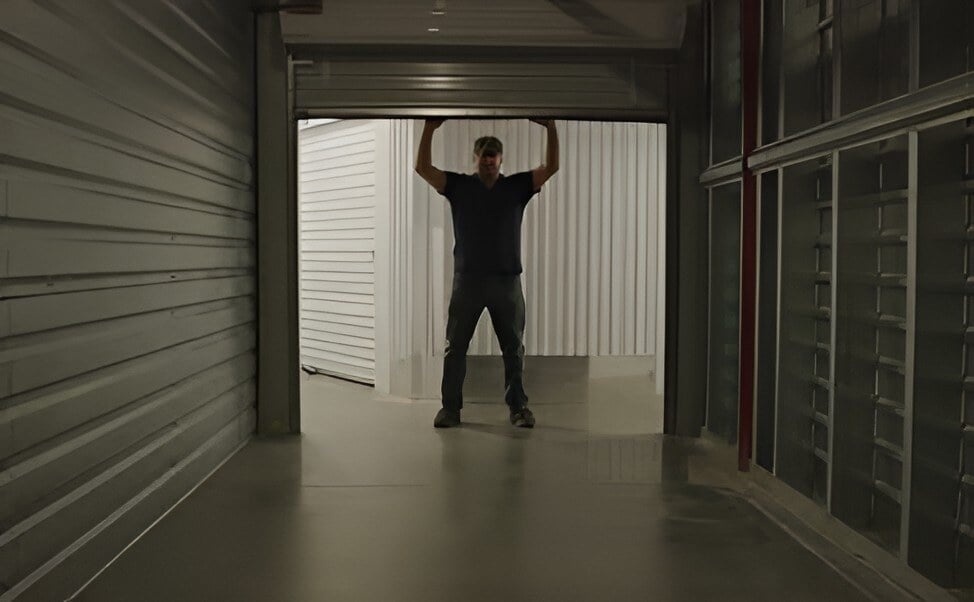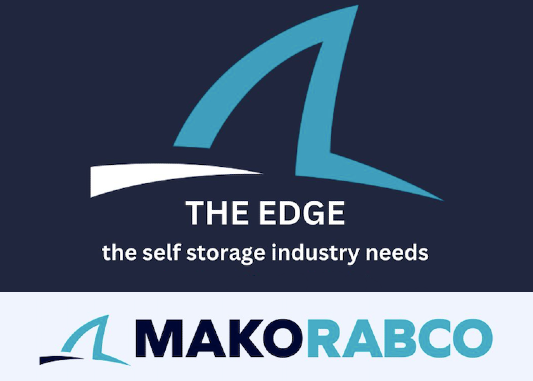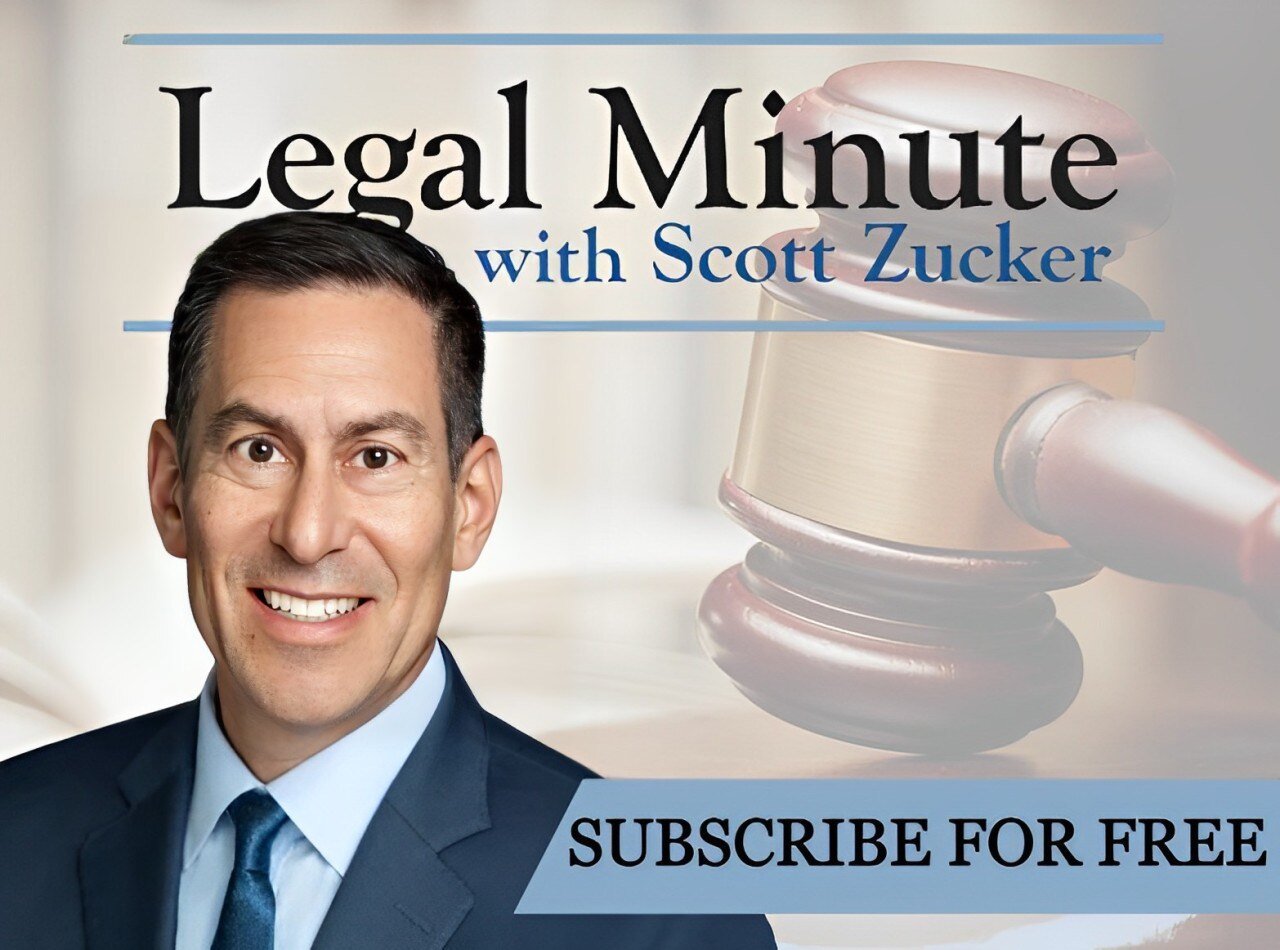The Interest Rate Dilemma: Making Sense of Uncertainty
Interest rates are up, it’s harder to get a loan, it’s harder to make loan payments, business is slower than it was during the COVID pandemic, and we don’t know when or how much things will change for the better. That is the interest rate dilemma.
Mind you, most indicators in self-storage are still stronger than before COVID, and stronger than most other commercial real estate (CRE) sectors. However, many in the industry got used to the high-octane performance of street rates, in-place rents, and occupancy of the COVID era. This is especially true for those who entered the industry at that time, with 80/20 loan-to-value (LTV) debt and overly optimistic proformas, anticipating higher street rates and faster lease-up than we are seeing today.
Some seem to have forgotten that self-storage is a cyclical business, the economy itself is cyclical, and despite it all, self storage is still a great cash producing, appreciating asset.
But higher interest rates create a dilemma for business owners because they don’t know what will happen next, or when it will occur. In general, neither the market, nor self-storage owners, like uncertainty.
Business owners want to return to the 4 percent loans they could get until 2022. Jay Powell, chair of the Fed (the Federal Reserve system, the central bank of the U.S.), seems to want them and the entire economy to forget about getting back to those super low interest rates. The Fed uses “forward guidance” to tell us what it is likely to do. The most recent forward guidance on April 16, 2024, indicates that interest rates are likely to stay where they are longer than expected. This corrects the Fed’s March 2024 guidance, suggesting the likelihood of a 75 basis points (bp) drop by the end of 2024, perhaps starting as soon as this summer.
Why? Twelve-month core PCE inflation (which leaves food and energy out of the inflation calculation) did not improve from February to March, and it is actually higher than the prior 3-month and 6-month measures, said Powell. “Right now, given the strength of the labor market and progress on inflation so far, it’s appropriate to allow restrictive policy further time to work and let the data and the evolving outlook guide us. Come what may, we remain committed to returning inflation over time sustainably to 2 percent.”
Translation: Interest rates will stay higher longer, and the hoped for 75 bp decline by year end in two or three rate cuts is unlikely. Perhaps there will be one or two smaller rate cuts.
But even if there were a 75 bp drop, interest rates went up 525 basis points since mid-2022. Such a small decline wouldn’t bring CRE loans back down to 4 percent. Business owners long for those good old days but fear that they are in the rearview mirror forever. Or are they?
The Sky Isn’t Falling
Higher interest rates sharply increase the US government’s debt bill, meaning Uncle Sam (i.e., “We the People”) will pay an additional $1.1 trillion in interest payments over the next decade, according to the Congressional Budget Office.
The Fed has a large quantity of long-term assets (Treasury bills and mortgage-back securities) on its balance sheet. It purchased them as a form of “quantitate easing,” a monetary policy tactic the Fed first used during the Great Recession. Congress’ goal for the Fed’s monetary policy is to promote maximum employment, stable prices, and moderate long-term interest rates. The Fed purchased longer-term assets to help achieve this in the long period of economic growth that followed the Great Recession.
Those longer-term assets are maturing. The Fed can extinguish them, letting them expire and using the principal to decrease its overall debt. But that leaves the government with less money, so it will likely roll the debt over at today’s higher interest rates. As Treasury bills mature and the Fed reissues new debt at today’s higher rate (5.25 percent), the government owes more because interest payments are higher. That means the government has less to spend, and we know how sad that makes the government.
Because of our government’s long-term practice of deficit spending, the Fed will likely have to borrow even more money to cover the deficit. As the government borrows more, it may “crowd out” lending in the private sector because there’s simply less money for businesses and individuals to borrow. All of this has a dampening effect on the economy.
So, interest rates are not just a dilemma for business owners trying to get a loan. The U.S. government is struggling too, as it tries to make the higher debt payments. Business owners have been grappling with the same problem.
Nothing Is Certain
If it’s hurting business and the government, isn’t it logical that the government will push interest rates down? That was the conclusion of Mark Moss, CRE investor, when he spoke at the Advanced Real Estate Investing Summit in October 2023. Modifying Benjamin Franklin’s famous quote, “… in this world, nothing is certain except death and taxes,” Moss added a third certainty: Interest rates will come down. He based his argument on the government’s dilemma described above.
Moss is not the only CRE investor drawing this conclusion. Others in the industry agree, thinking interest rates will return to the pre-COVID low and supporting their arguments with page 89 of Ben Bernanke’s book, 21st Century Monetary Policy. Bernanke argues that the economy (and the Fed) leans toward a “neutral rate of interest,” which Bernanke defines as the interest rate “… that prevails when the economy is at full employment with stable inflation.”
Before the COVID pandemic, economists and central bankers thought the neutral rate of interest was about 2 percent, arguing that, “The long-term decline in interest rates, continuing through both recessions and economic expansions, strongly suggests that the neutral interest rate is much lower today than it was a few decades ago.”
Or is it? That’s what Bernanke wrote before the Fed started reacting to higher inflation in the middle of 2022, after it underestimated the inflation threat throughout the prior year. The most recent struggle with inflation leaves the talking heads with a troubling question: Did the COVID pandemic change the economy in a lasting way? In other words, are higher interest rates here to stay?
The Fed certainly wants us to think so. Even in forward guidance about lower interest rates, the Fed is only talking about a small bp drop after a 525 bp increase.
When it uses “forward guidance” (another new monetary policy tool added as we recovered from the Great Recession), the Fed intends to impact the market, the banks, lenders, your decisions to spend and invest, and the economy in general. For the time being, The Fed wants you to think interest rates will stay higher than pre-pandemic levels.
The market seems to believe them, as suggested by the Survey of Primary Dealers (government securities dealers designated by the Fed). The Fed uses survey results to see if the market is interpreting their forward guidance as desired. In March 2024, poll results showed an expectation that the first slight reduction would likely take place in June or July, followed by similar slight decreases through year end. This would take the current Federal funds (overnight) rate from 5.38 percent to 4.13 percent by the fourth quarter of 2024. This spread, about 125 bps, is actually wider than the Fed’s most recent forward guidance indicates. Plus, these are results from before the Fed changed its forward guidance in April. Results collected after the April announcement are not yet available.
To see how we compare, I surveyed industry colleagues on LinkedIn. They agreed with the primary dealers: 62 percent indicated they expect a decrease of 0.25 percent to 1 percent by the end of 2024. A fifth of survey respondents thought there would be no change at all; one added, “The Fed finally found some fragile balance and I don’t think they will risk disrupting it.” Less than a fifth of respondents thought there would be a decrease exceeding 1 percent.

Where Does This Leave You?
So, what are your options as a business owner? In presentations in the fall of 2023, Neal Gussis, executive director of capital markets at SPMI Capital, pointed out that interest rates are only one lever to use in CRE investments.
In spite of “the sky is falling” chatter to the contrary, many in the industry say they are not waiting, watching, and wondering what the Fed will do. “You can’t just wait. Don’t let market conditions provide an excuse to sit on the sidelines. Make the best decision you can and go with it. No risk, no reward,” says Jeff Gorden, president of The Gorden Companies. “The interest rate on a home mortgage was 19 percent in 1981. People still bought houses; they just had to be more creative. They had to hustle.”
What does creativity in financing a deal look like? In a Toy Storage Nation blog, Bishesh Shrestha, senior vice president of self-storage lending at Live Oak Bank, summarized options: seller financing, adjustable-rate mortgages or hybrid loans, government programs, non-traditional lenders, interest rate caps, joint ventures or partnerships, developing in phases instead of the full project, and value-add strategies to attract investors and lenders.
Seller financing has certainly garnered a lot of interest in the investment community. It is when the seller provides some of the financing, standing in second place to the primary debt provided by a lender. For years it was a totally neglected tactic because there was no need. However, when interest rates on homes mortgages were 19 percent, it was often the only way to make a deal work. Seller financing, including installment sales, is making deals work today.
One thing to keep in mind if you are a seller being asked to provide seller financing: Do you want to be in second position to another party? If the buyer can’t perform on the loan, and the lender takes back the property, where does that leave you? It’s a risk worth considering.
Clearly, the interest rate dilemma has complicated the capital stack (the combination of capital sources you use to fund your deal or its underlying financial structure). The main components are debt and equity. As interest rates increased, so did equity requirements, leaving the higher than they were a few years ago. LTV ratios fell from 80/20 or 70/30 during COVID to more like 60/40, or even 50/50 today. That means the same deal that required only 20 percent equity now requires 50 percent down. Putting together that much equity is harder and more complicated.
In addition to the equity you put down, banks have added deposit requirements that can be as high as 15 percent or more. In effect, that makes the LTV even less favorable to the borrower.
All of this means you must come up with more money to get your deal off the ground. So, you need to raise more capital than in years past. Current market conditions are making it harder to raise capital because returns are leaner than they were. That is another aspect of the interest rate dilemma.
While there are no immediate, easy solutions, one thing remains true: Self-storage is still a great investment, with strong fundamentals and better performance than many other real estate sectors. If not in self storage, where will you invest to get comparable returns?
–
Anne Mari DeCoster is a self-storage professional with over two decades experience in all aspects of development and operations, from concept to exit. She excels in strategic planning and specializes in the design, development, and delivery of new products, services, programs, and companies.
More Content
Popular Posts
Recent Posts
Senate Bill 709 (SB709) has many in the...
In January, self-storage industry veteran...
In April 1984, the first non-stop commercial...
Raise your hand if you’ve ever made plans,...
Everyone knows it: Investing in real estate...
They say when one door closes, another one...
Like its name implies, Surprise, Ariz., a...
Self-storage has become as reliant on the...












